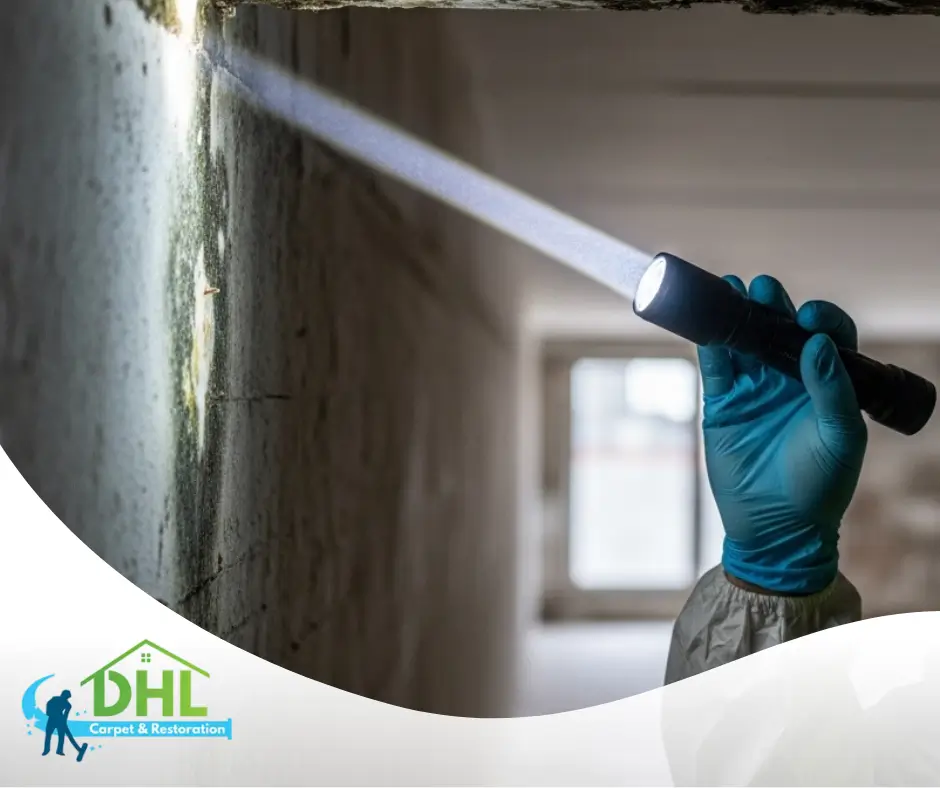When it comes to keeping your home safe and healthy, scheduling a mold inspection is one of the smartest steps you can take. Mold can hide in unexpected places, causing health problems and damaging your property. A professional mold inspection can identify these hidden threats before they become serious issues. Here’s how to prepare for your upcoming appointment and make sure the inspection is as smooth and thorough as possible.
Understanding the Mold Inspection Process
A mold inspection is a detailed assessment carried out by certified professionals. They’ll search for visible mold, moisture sources, and any signs of water damage. A key part of this process is the mold visual inspection, where experts examine every accessible area for visible mold growth.
The goal is to identify problem areas and determine whether further testing or remediation is needed. Preparing your home ahead of time can help your inspector do their best work and ensure you get accurate results.
Clear Access to Key Areas
One of the most important steps you can take is to ensure the inspector has easy access to key areas of your home, including:
- Basements and crawlspaces
- Attics and storage areas
- Under sinks and behind appliances
- Any areas with visible water damage
Remove any clutter or items blocking these spaces so the inspector can perform a complete mold visual inspection without obstructions.
Identify Problem Areas and Past Issues
Before your mold inspection, make a note of any concerns you’ve noticed around the house, such as:
- Musty odors
- Peeling paint or wallpaper
- Discoloration or water stains
- Leaks or areas of high humidity
Sharing this information with your inspector helps them focus on potential problem areas during the mold visual inspection.
Control Humidity and Ventilation
High humidity is one of the main causes of mold growth. To ensure an accurate mold inspection, try to keep your home’s humidity below 60% in the days leading up to the appointment. Use fans or dehumidifiers in damp areas like bathrooms and basements to help control moisture.
Document Any Past Water Damage
If your home has experienced leaks or flooding in the past, gather any repair or insurance documents related to those events. This background can help your inspector identify areas more likely to harbor hidden mold growth.
Stay Home or Arrange Access
While many inspections can be done without the homeowner present, it’s helpful to be there to answer questions and discuss concerns. If you can’t be home during the inspection, be sure to arrange easy access and provide any necessary instructions ahead of time.
After the Mold Visual Inspection
Once the mold visual inspection is complete, your inspector will provide a detailed report of their findings. This may include recommendations for further testing or immediate remediation steps if mold is found. Remember, early detection is key to preventing costly repairs and protecting your family’s health.
Why Preparing for a Mold Inspection Matters
Being prepared for a mold inspection helps ensure the process goes smoothly and that nothing is missed. A thorough, professional inspection can catch mold growth in its early stages, before it causes major damage or health concerns.
By taking these simple steps — like clearing access to key areas and sharing your concerns — you’re helping the inspector give you the most accurate, detailed report possible. It’s an investment in your home’s safety and your peace of mind.
Conclusion: Schedule Your Mold Inspection Today
If you suspect mold in your home or just want peace of mind, don’t wait. A professional mold inspection — complete with a detailed mold visual inspection — is the first step in keeping your home safe, healthy, and comfortable.
Ready to schedule your inspection? Reach out to a certified mold professional and take the first step toward a cleaner, healthier home today.
READ MORE:

